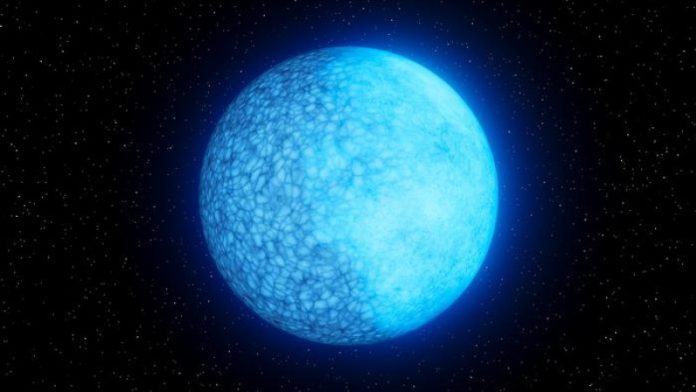
Astronomers have made an incredible discovery: a star that has two different sides!
Imagine if one side of your face was chocolate, and the other was vanilla.
This star, a kind of star called a “white dwarf,” is just like that, but in space.
One side of the star is made of hydrogen (the most common element in the universe), and the other side is made of helium (the second most common). They’ve nicknamed it Janus, after a Roman god with two faces.
So what exactly is a white dwarf?
A white dwarf is like the leftover core of a star that was once like our Sun. Stars have a life cycle, much like humans do. They’re born, they grow old, and they eventually die. When stars like our Sun get old, they expand into what’s called a “red giant.” After that, they lose their outer layer, and what’s left is a white dwarf—super hot and dense.
Our Sun will become a white dwarf too, but not for another 5 billion years or so, so no need to worry just yet!
Janus was first spotted by an instrument called the Zwicky Transient Facility (ZTF), which looks at the sky every night. It’s at an observatory near San Diego, run by the California Institute of Technology (Caltech).
Ilaria Caiazzo, the lead researcher, and her team were looking for white dwarfs with really strong magnetic fields when Janus caught their eye. It was changing brightness super quickly. Further checks showed the star spins around its own middle every 15 minutes!
To find out more about what Janus was made of, the researchers used another fancy tool called a spectrometer at a big observatory in Hawai’i.
This tool helps them see the “fingerprint” of different elements. They saw hydrogen when looking at one side and helium when looking at the other.
So, why does Janus have two different faces? The truth is, scientists aren’t totally sure. They have some ideas, though.
One guess is that Janus might be going through a unique stage in its life. Some white dwarfs change from having a hydrogen surface to a helium one, and maybe Janus is caught in the middle of this change.
Another idea involves magnetic fields. These are like invisible lines of force that come out of magnetic things, including stars. These fields might be creating different “atmospheres” on each side of Janus, allowing for one side to have hydrogen and the other to have helium.
Either way, Janus is helping us learn more about stars and how they change as they get older.
It’s like a big, cosmic puzzle, and Janus is a brand-new piece we never knew we were missing!
The study was published in the journal Nature.
Follow us on Twitter for more articles about this topic.



